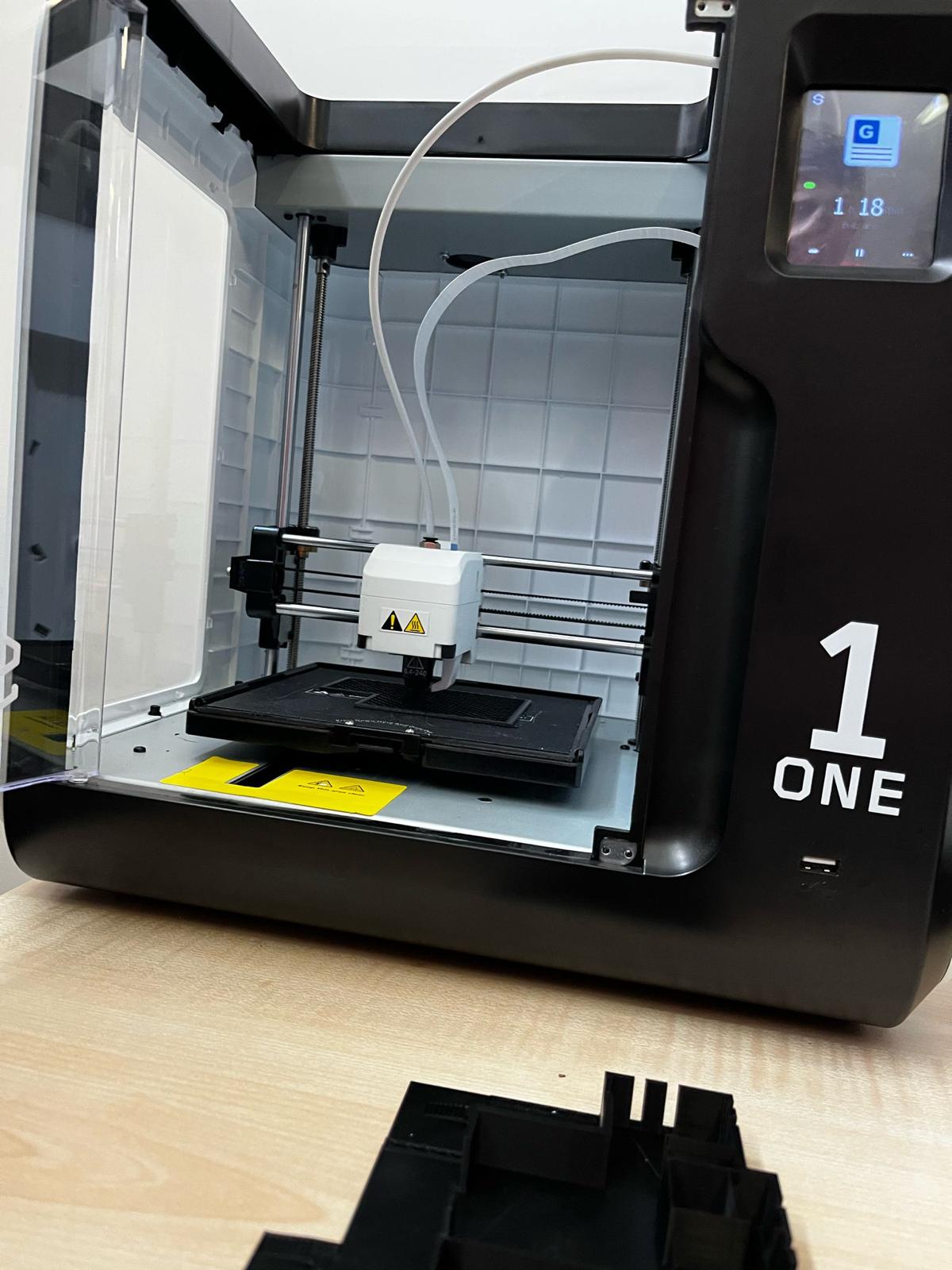STEM EDUCATION IN ITALY
The State of STEM Education in Italy

STEM (Science, Technology, Engineering, and Mathematics) education plays a crucial role in Italy’s economic and technological advancement. As the country seeks to remain competitive in a rapidly evolving global market, efforts to strengthen STEM learning have gained momentum in recent years.
Challenges in STEM Education
Despite Italy's rich history of scientific and engineering achievements, its STEM education system faces significant challenges. According to OECD reports, Italian students often underperform in mathematics and science compared to their European peers. The gender gap in STEM fields remains another concern, with fewer women pursuing careers in engineering and technology. Additionally, outdated curricula and a lack of hands-on learning opportunities have hindered student engagement in these subjects.
Government and Institutional Efforts
To address these issues, the Italian government has introduced initiatives aimed at modernizing STEM education. The National Plan for Digital Education (Piano Nazionale Scuola Digitale) seeks to integrate digital tools and innovative teaching methods into classrooms. Universities and research institutions have also launched programs to promote STEM disciplines, including scholarships and partnerships with industries.

The Role of Private Sector and Innovation Hubs
Italy’s private sector is increasingly involved in STEM education. Tech companies and startups collaborate with schools to provide real-world applications for students. Innovation hubs like the Italian Institute of Technology (IIT) in Genoa and the Leonardo Labs focus on research and training, fostering a new generation of STEM professionals.
Looking Ahead
To ensure long-term success, Italy must continue investing in STEM education through updated curricula, industry collaboration, and policies that encourage diversity in the field. Strengthening STEM learning will be essential for Italy’s future economic growth and technological progress.